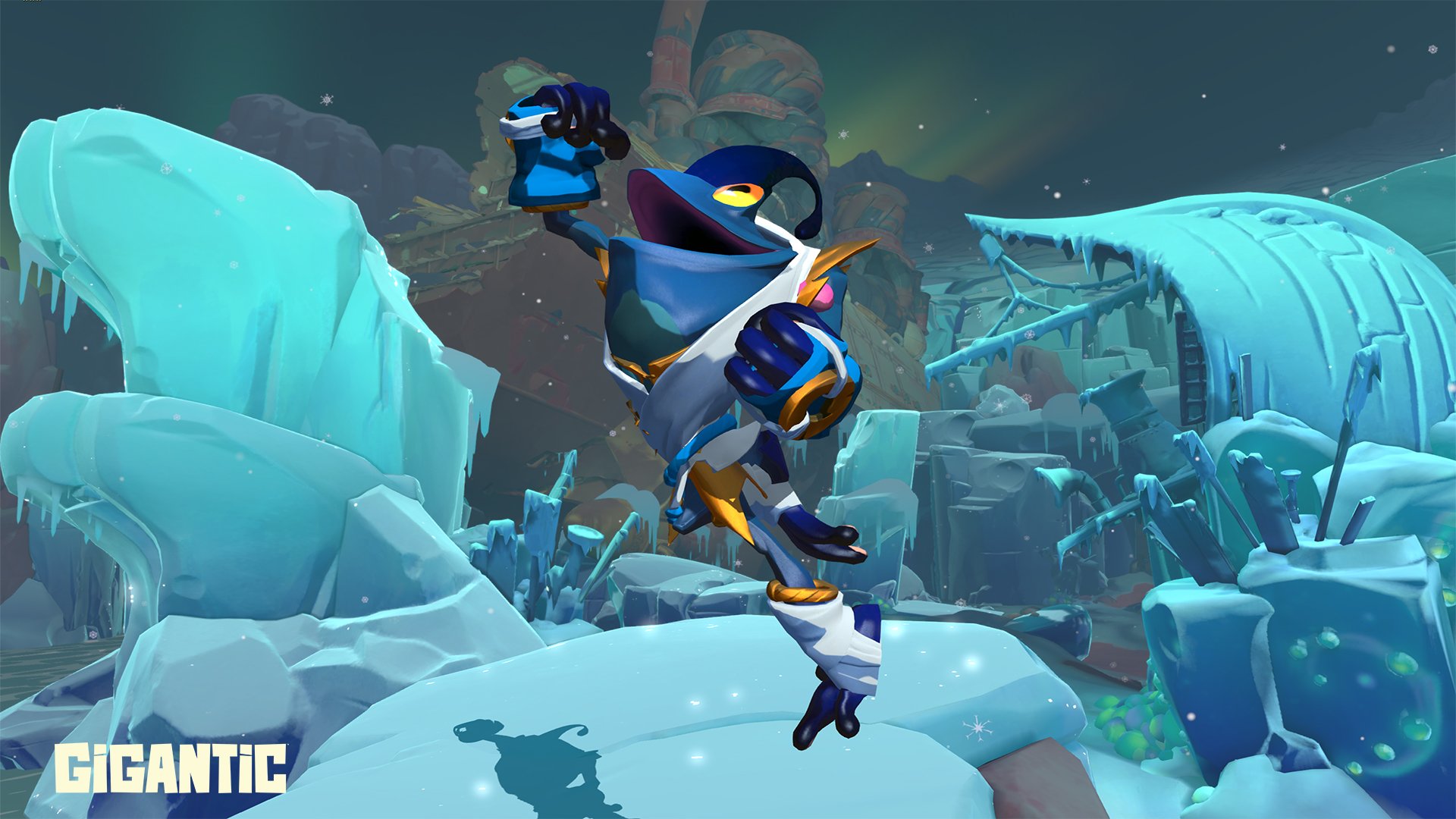I’ll admit it: I’m a Dota snob. Praise be unto our lord and savior, Gabe Newell, blah, blah, etcetera. Tell me about how it’s totally fine to not lose money when you die, or tell me that it’s okay that you can buy your way to better heroes, and my response will be some douchey retort quickly accompanied by a scoff.
And listen, I’ve stopped playing Dota 2 for two years now. To put it another way: I’m two years clean, because Dota 2 is like crack, both in that it’s addicting and makes you feel good, but also in its ability to utterly destroy your life. Go home after work with the intention of playing a game or two, and you may look up at the clock to find that it’s 2 a.m. and you have to work at 7 a.m. But no other game that uses the MOBA framework has gotten me even a little excited… until I played Gigantic at PAX West.
And that’s not just because I totally crushed it, going 10-17-4 with a squishy character in my very first game ever (still not sure if the developers believe me about that last part), but damn it, that helped.
I immediately noticed several key differences between Gigantic and traditional MOBAs—there aren’t any creeps, there’s no item shop, etc.—and when I asked developers about these differences, the real reason why Gigantic is so appealing became apparent.
Picture Dota as I do: the MOBA with everything you could ever want. Every MOBA since then is just a watered-down version of that, removing one aspect or another so that you can essentially describe it as “Dota, but without (fill in the blank).” In the framework of the MOBA, this approach can make games flat-out boring by taking away the intricacies that drive the gameplay in the downtime. While these other MOBAs will water down the experience, Gigantic seems to be fine just being water. It’s a stripped-down MOBA that actually feels stripped down.
Those at Motiga say this isn’t a game that started out as a MOBA; it’s a game that became like a MOBA from the ground up. Working that way is what makes Gigantic so appealing, because I can look at it not as Dota-lite, but as its own entity.
While the Wikipedia page will describe it as a game with 5-player teams who try to destroy the other team’s guardian, you’re going to think it’s just like any other MOBA. Except that your guardian is a living entity that fights along with you… and the closest thing you have to towers are spots where different stationary summons can be spawned, destroyed, and replaced by your enemy’s summons… and there aren’t lanes to be pushed… and you don’t need to destroy the summons before you can attack the guardian, you just need to kill enough things to make your guardian push out and attack the other team’s guardian so you can then hit it while it’s down… and good god how long do I need to make this sentence to get the point across. This. Isn’t. Like. Other. MOBAs.
Essentially, you just get to have a 20-minute team fight, while occasionally trying to win, and it’s awesome. Gigantic takes away the intricacies of Dota, yes, but it shakes up the framework enough to render those intricacies unnecessary, and that’s something no other MOBA has been able to accomplish.
In its own right, as well, there is a lot to look forward to in Gigantic. It’s a free-to-play model that, at this point, does not seem to fall prey to pay-to-win. Each hero’s skills level up by choosing one of two different buffs to the skill, and moving on from there in similar fashion, which is a method of leveling I haven’t seen before, and Motiga says that playtesting reveals a variety of builds for each hero.
Gigantic is currently in a closed beta and Motiga hopes to have a full free-to-play launch later this year on Xbox One and PC.
gigantic
-
gigantic #1
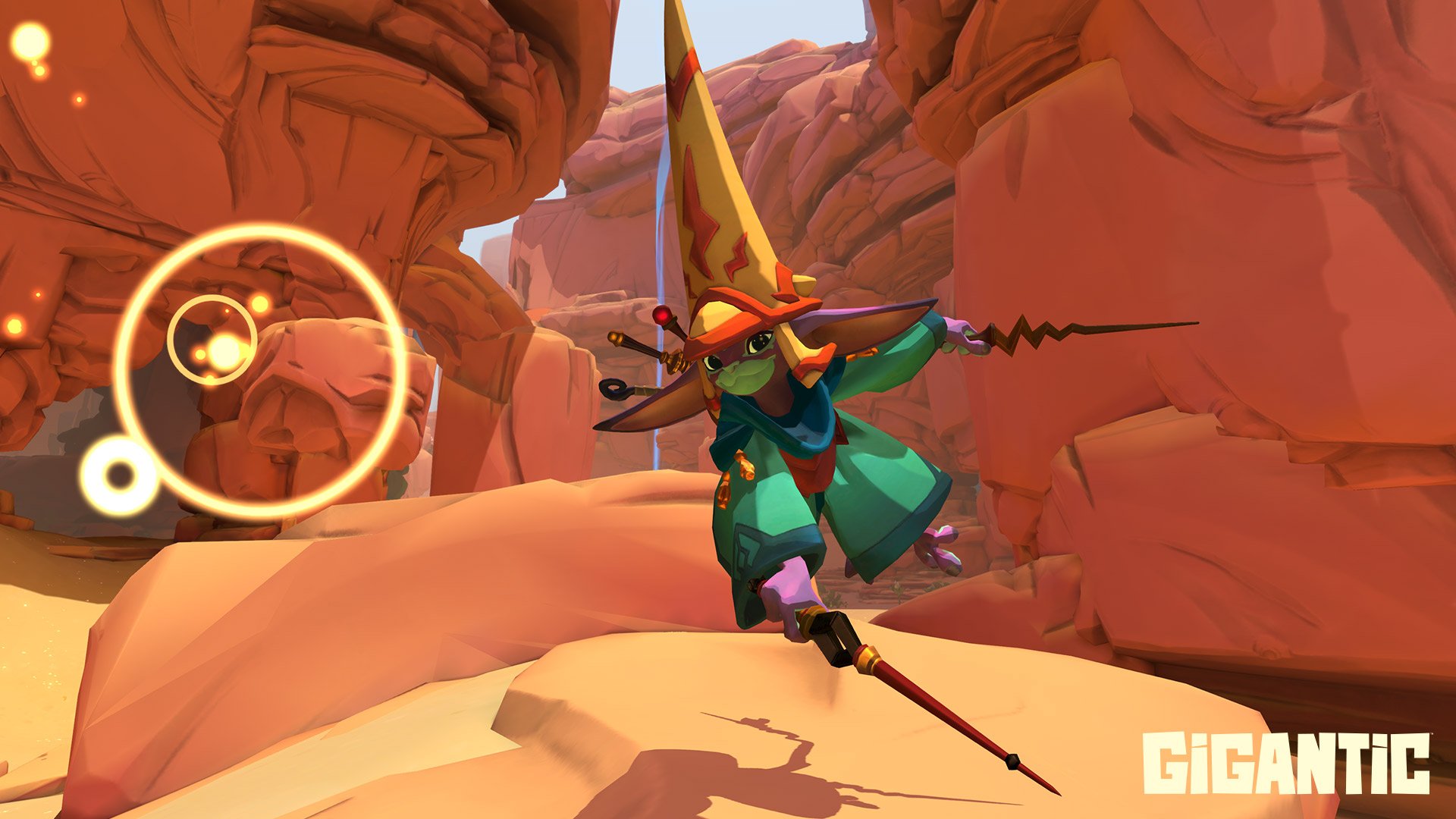
-
gigantic #2
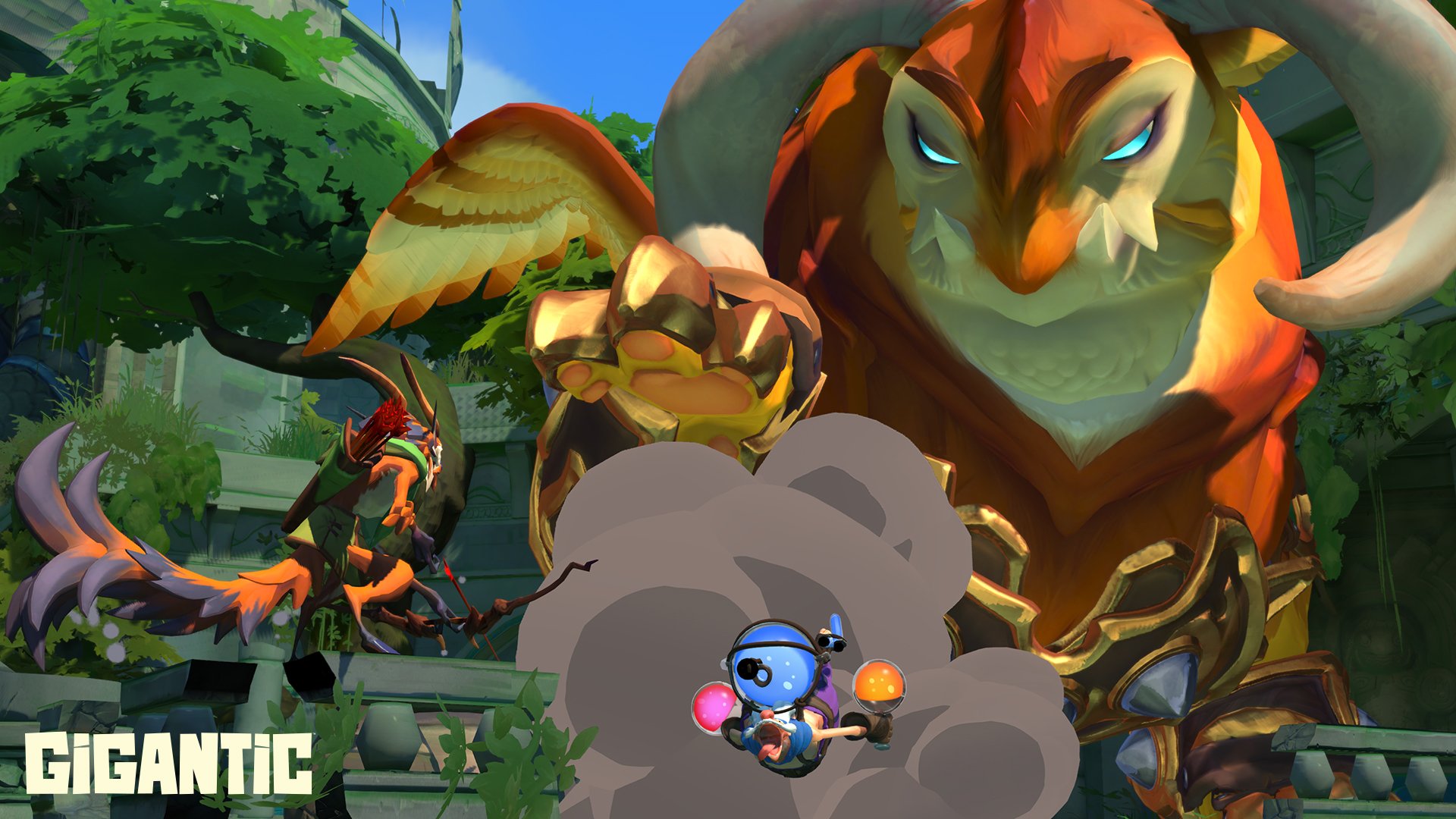
-
gigantic #3
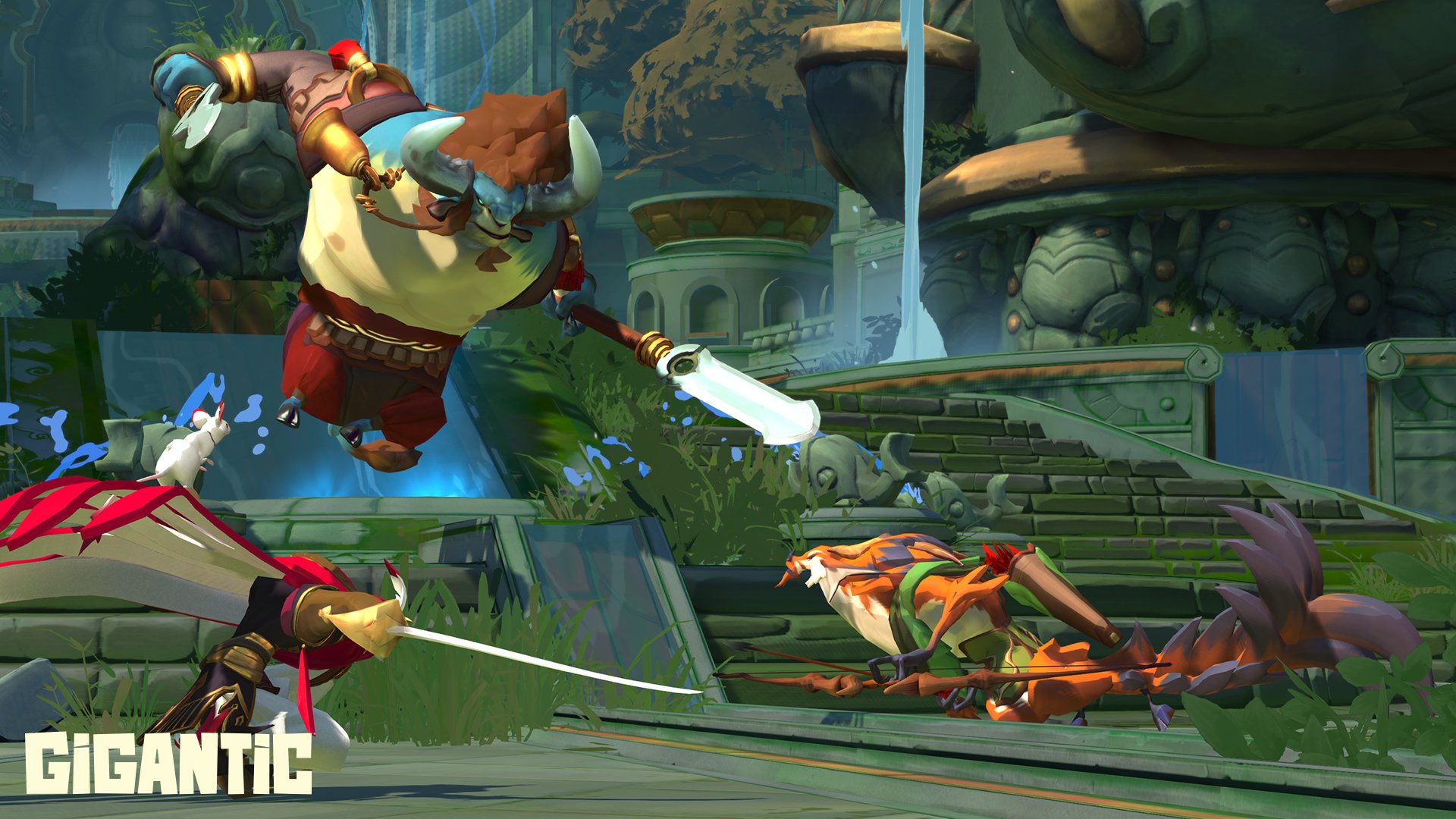
-
gigantic #4
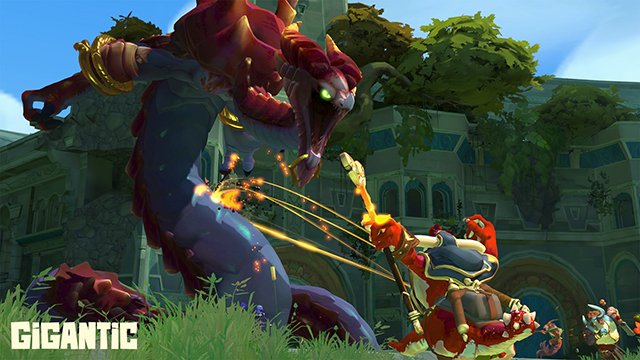
-
gigantic #5
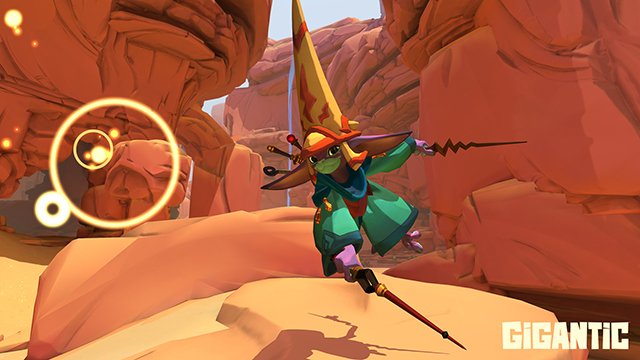
-
gigantic #6

-
gigantic #7

-
gigantic #8

-
gigantic #9
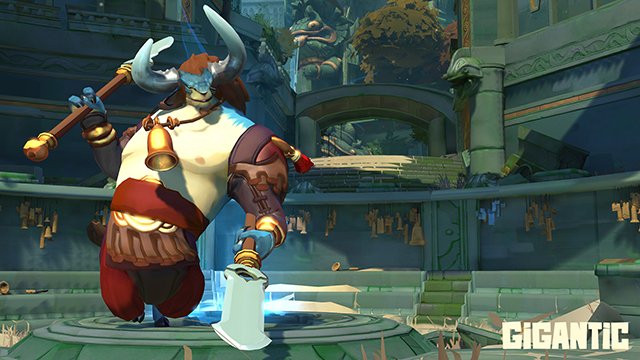
-
gigantic #10
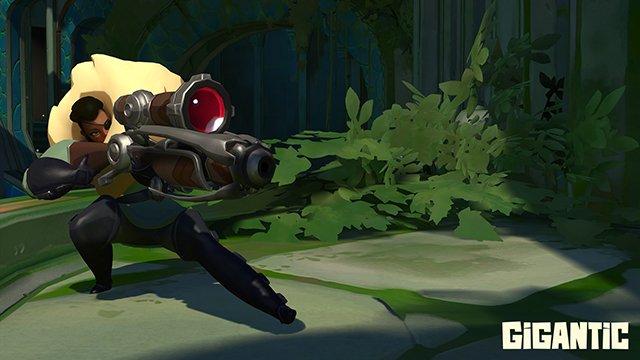
-
gigantic #11
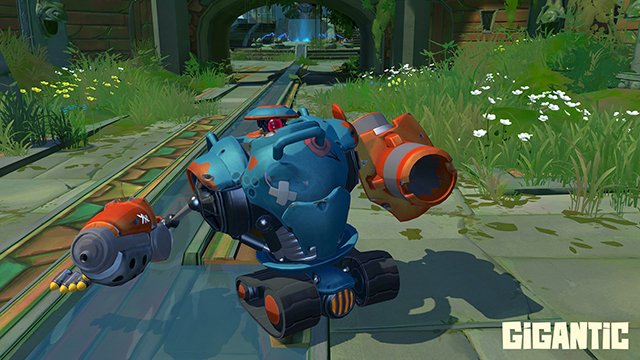
-
gigantic #12
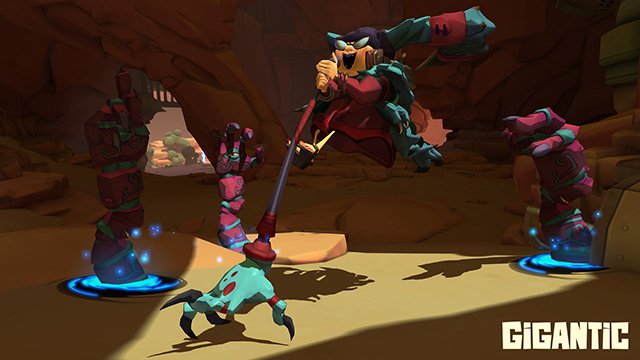
-
gigantic #13
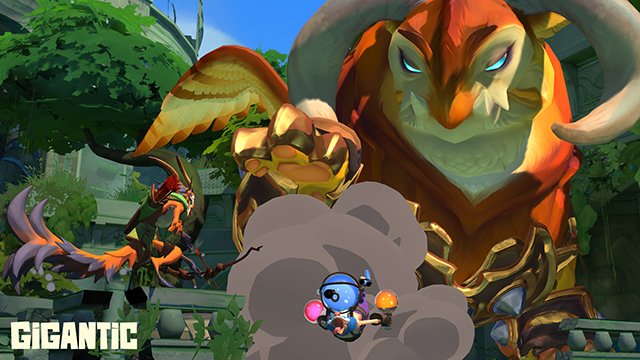
-
gigantic #14
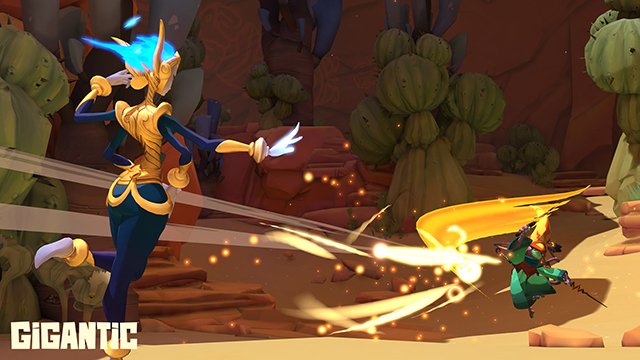
-
gigantic #15

-
gigantic #16
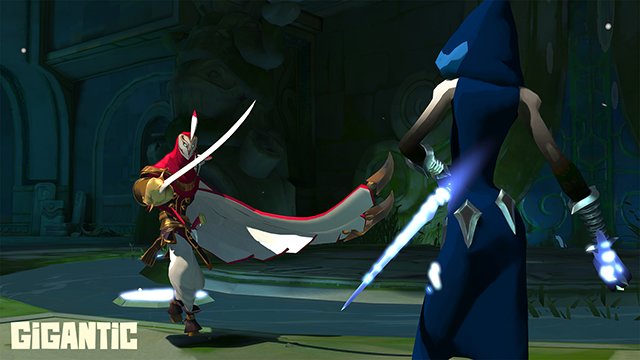
-
gigantic #17
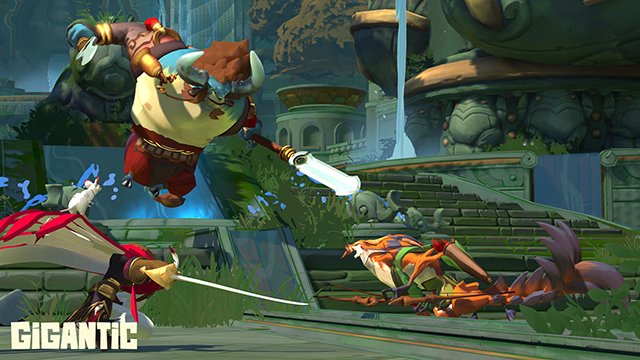
-
gigantic #18
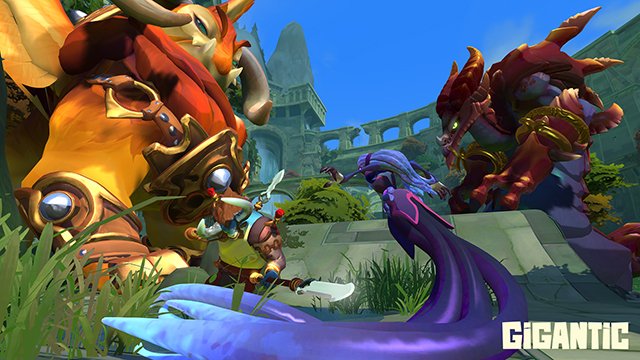
-
gigantic #19
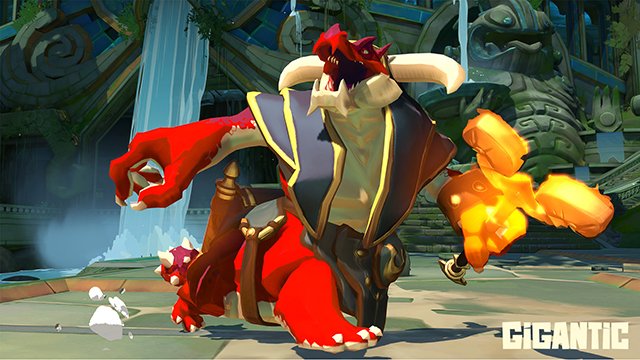
-
gigantic #20
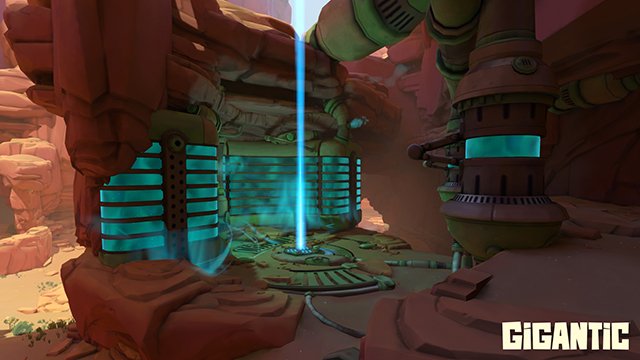
-
gigantic #21
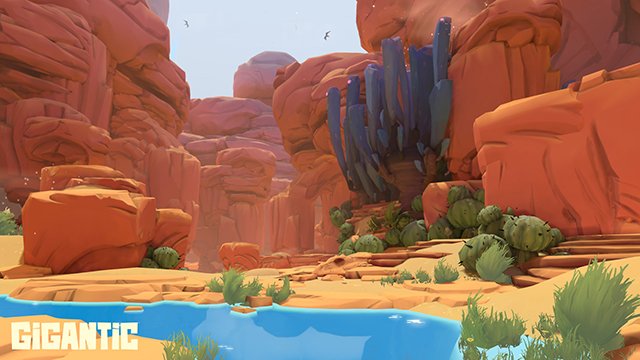
-
gigantic #22

-
gigantic #23
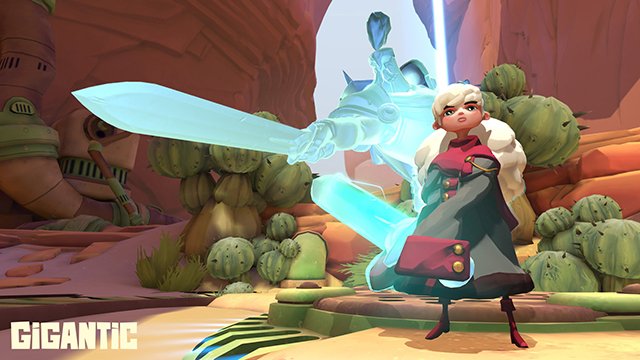
-
gigantic #24
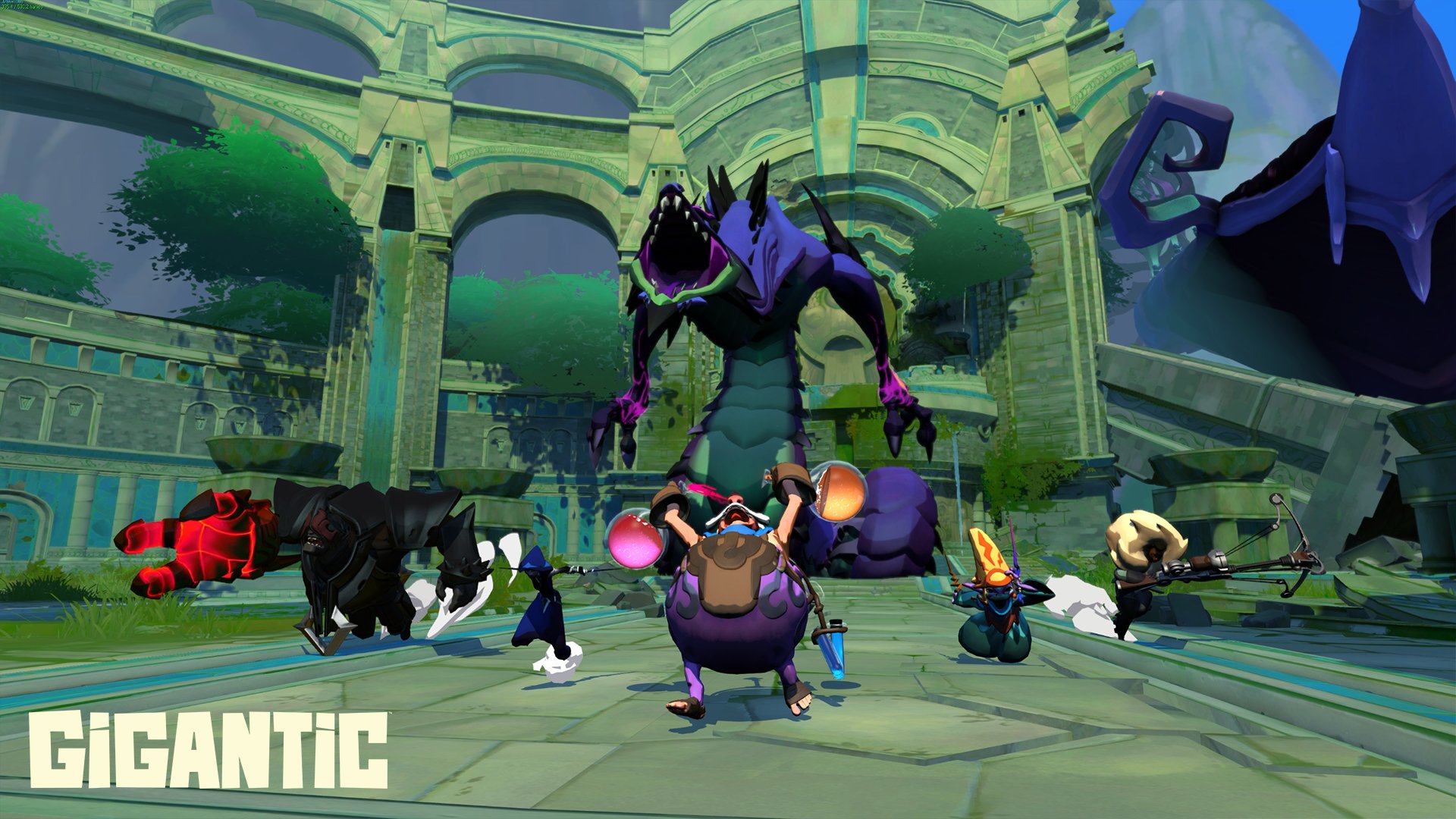
-
gigantic #25
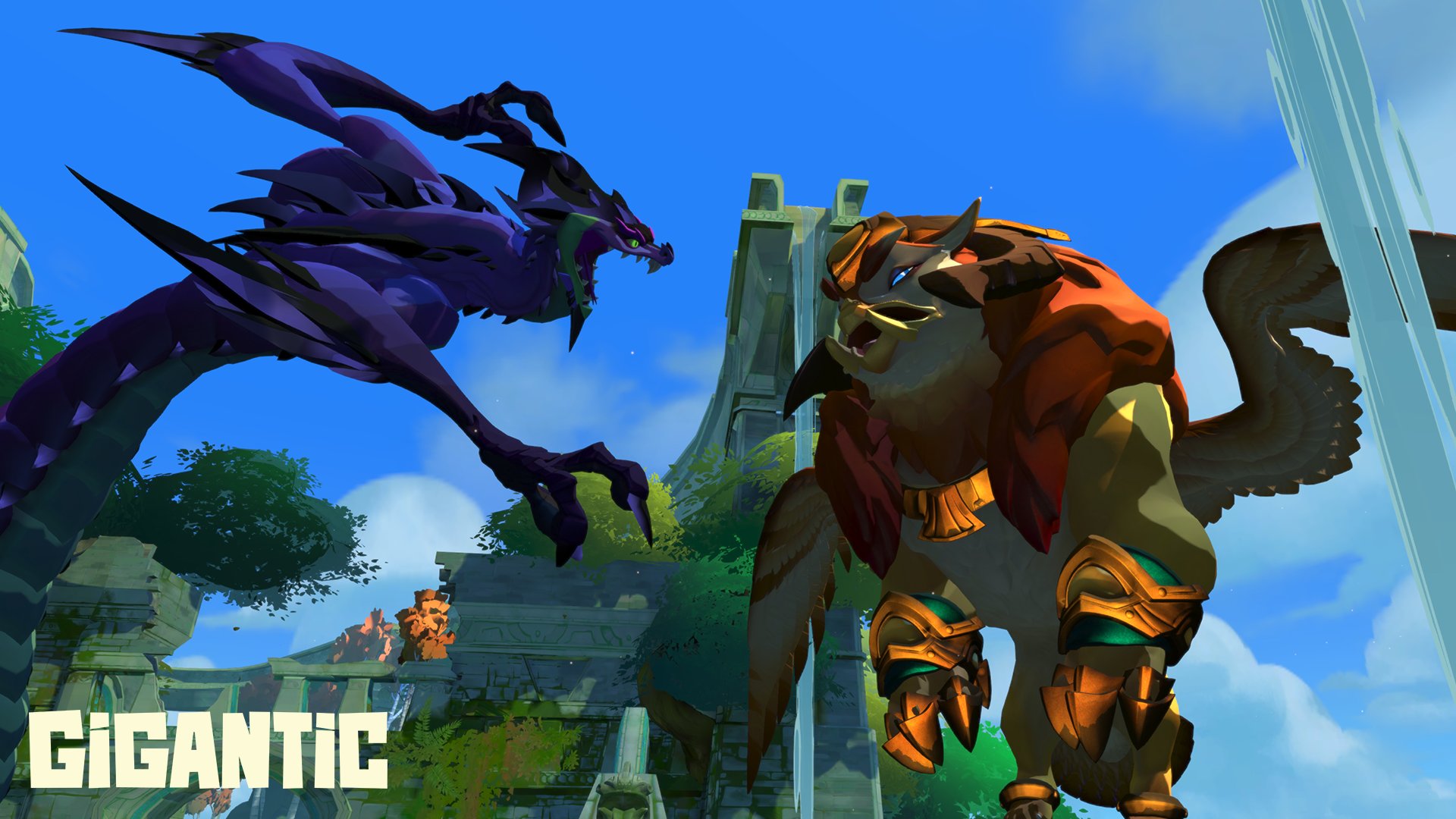
-
gigantic #26
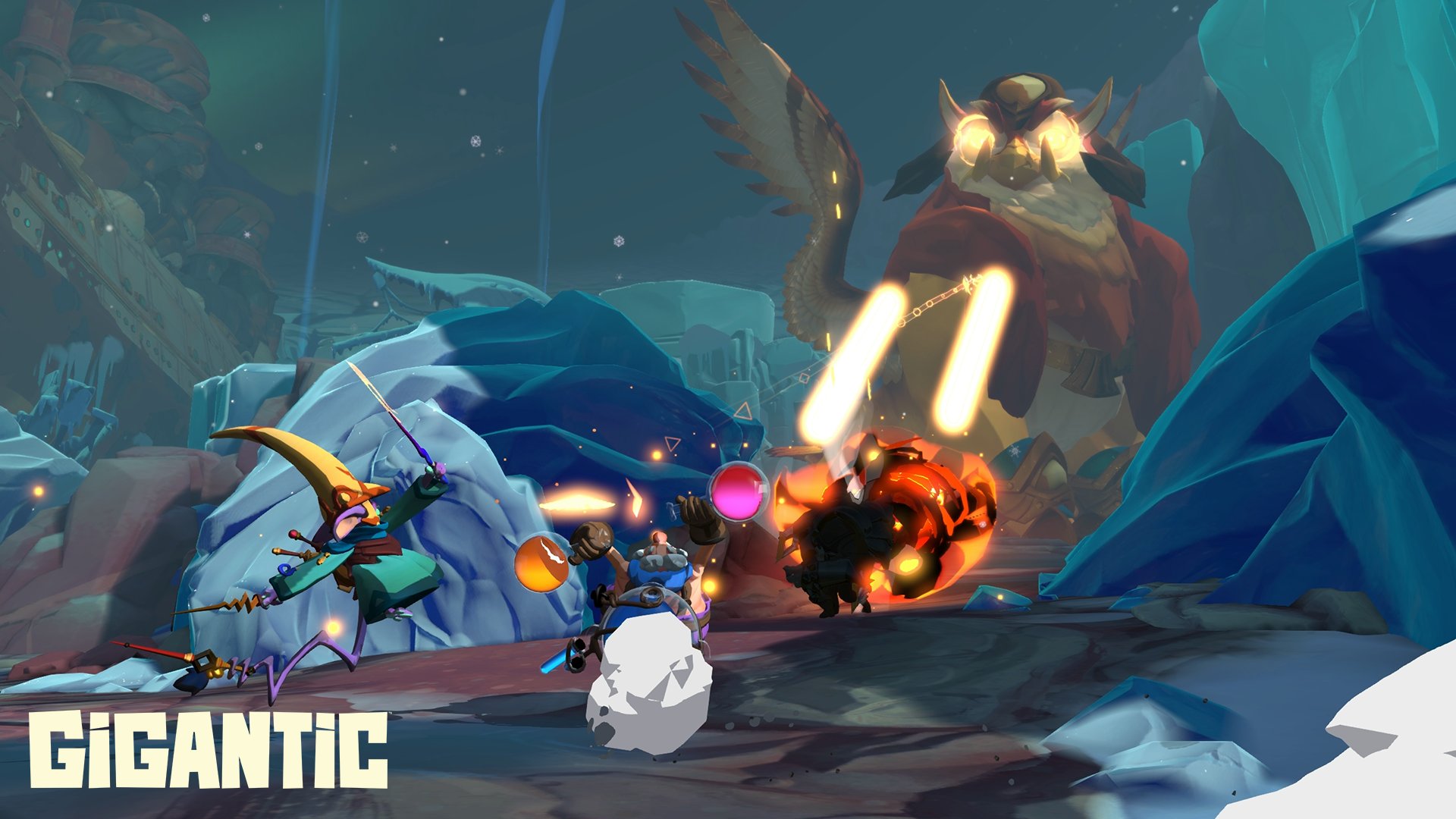
-
gigantic #27
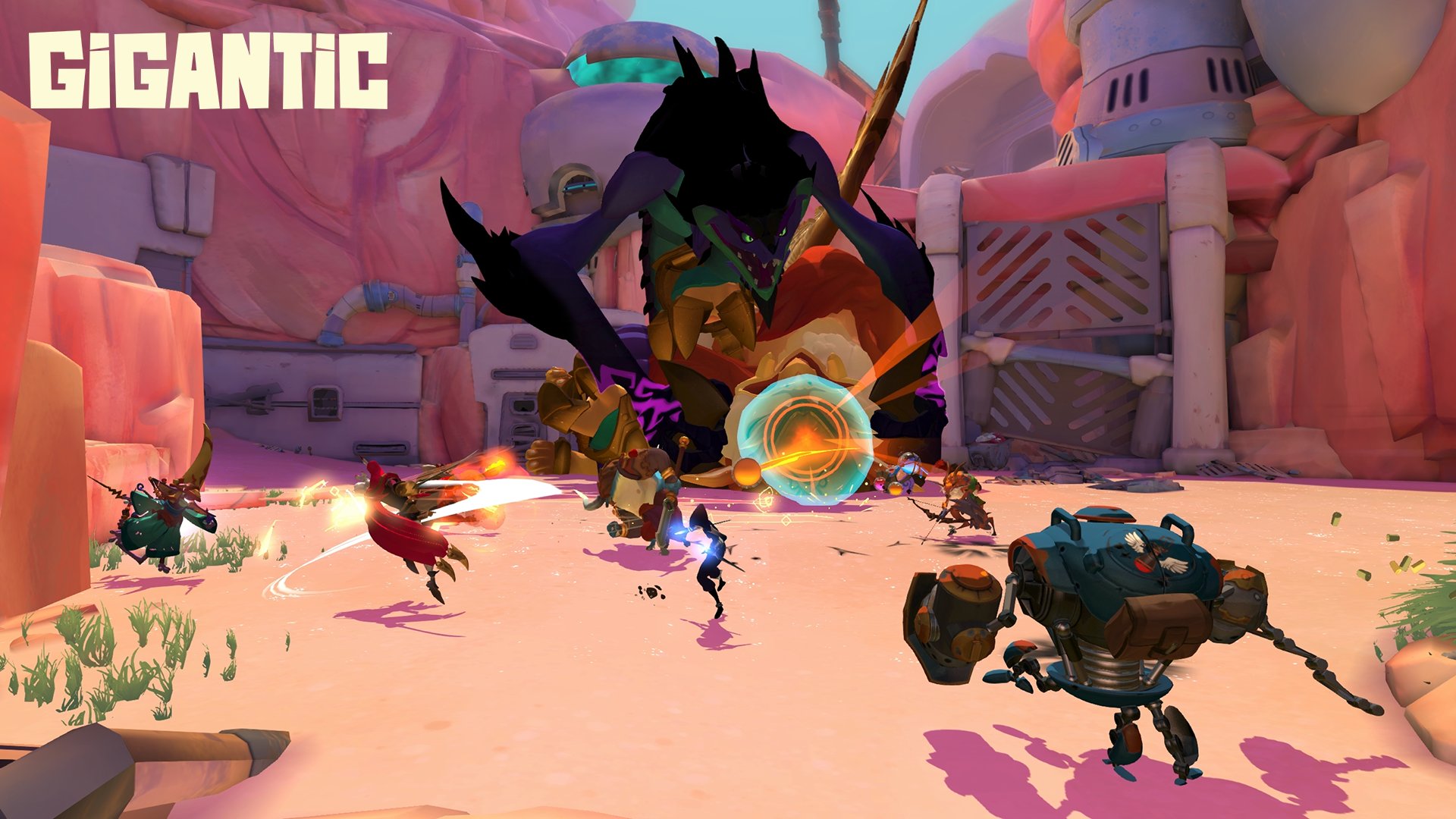
-
gigantic #28

-
gigantic #29
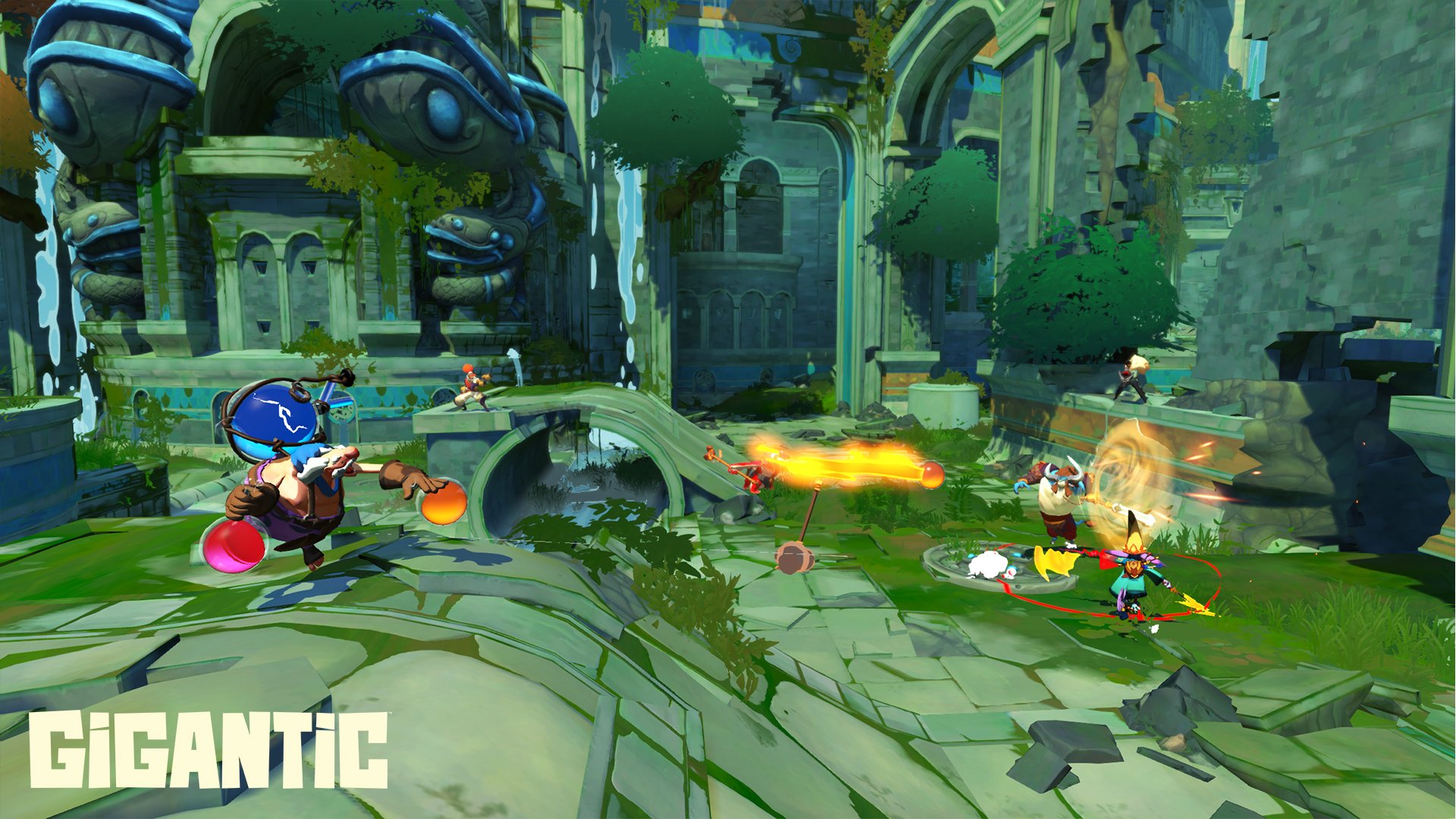
-
gigantic #30
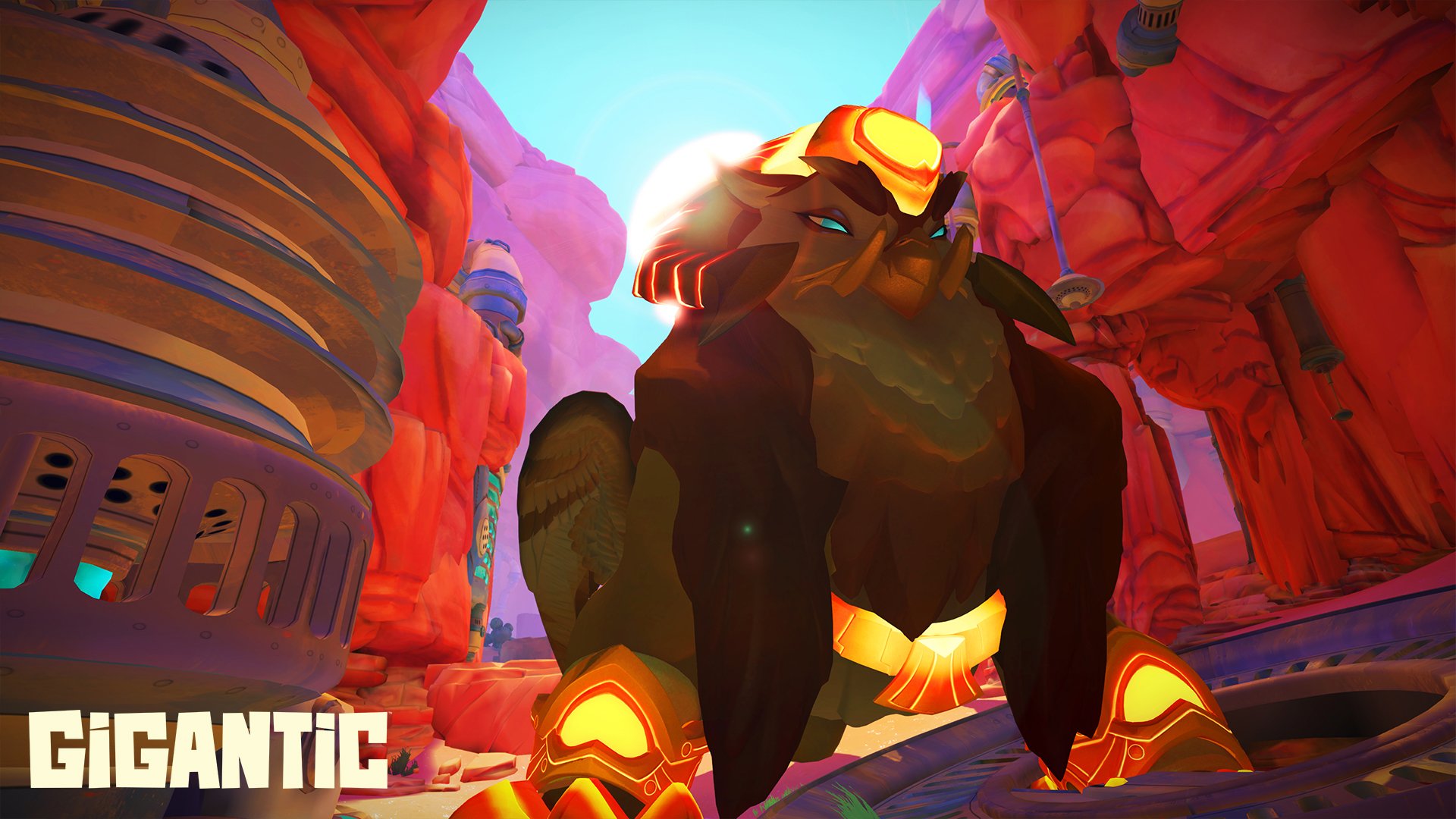
-
gigantic #31
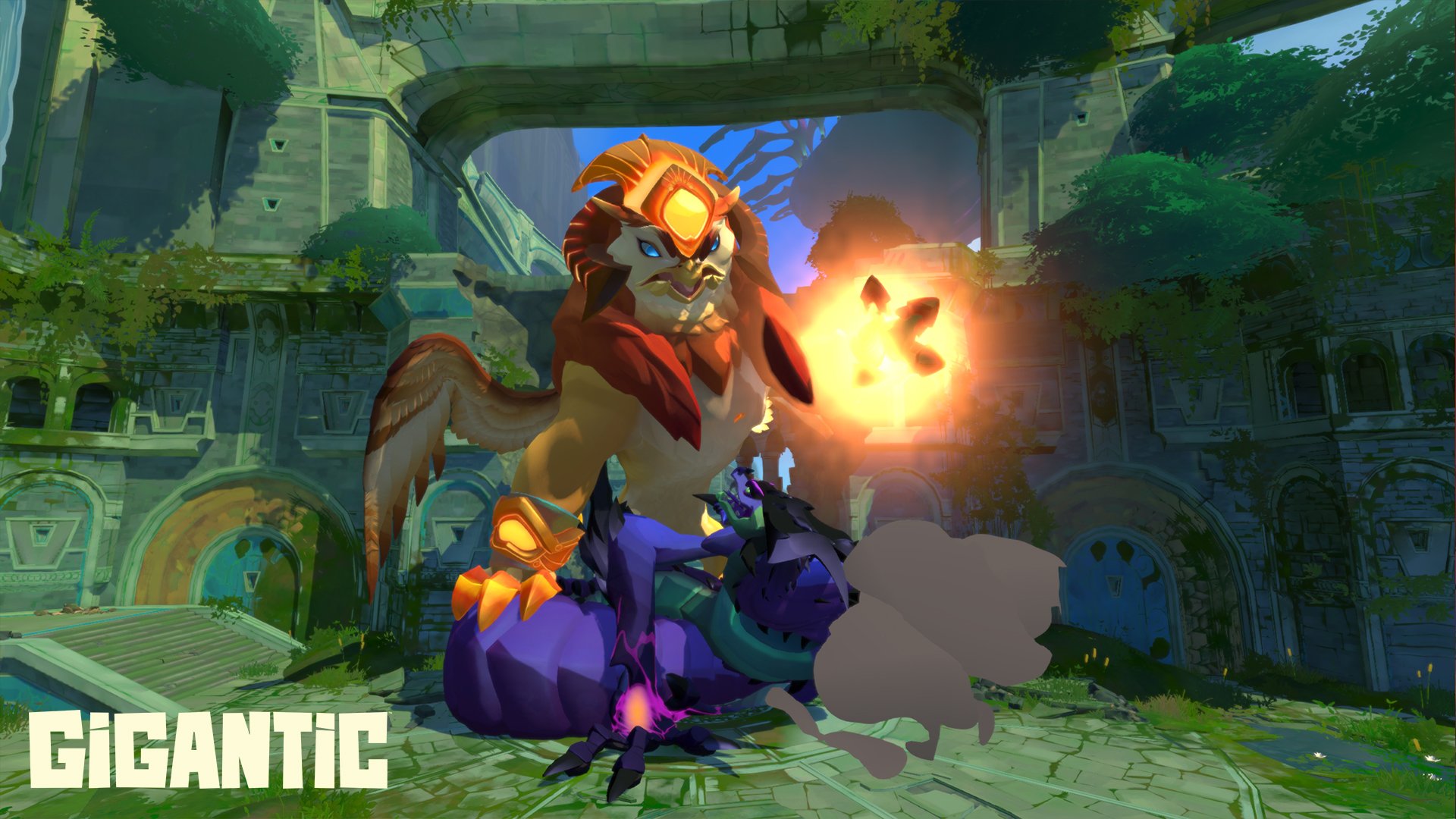
-
gigantic #32
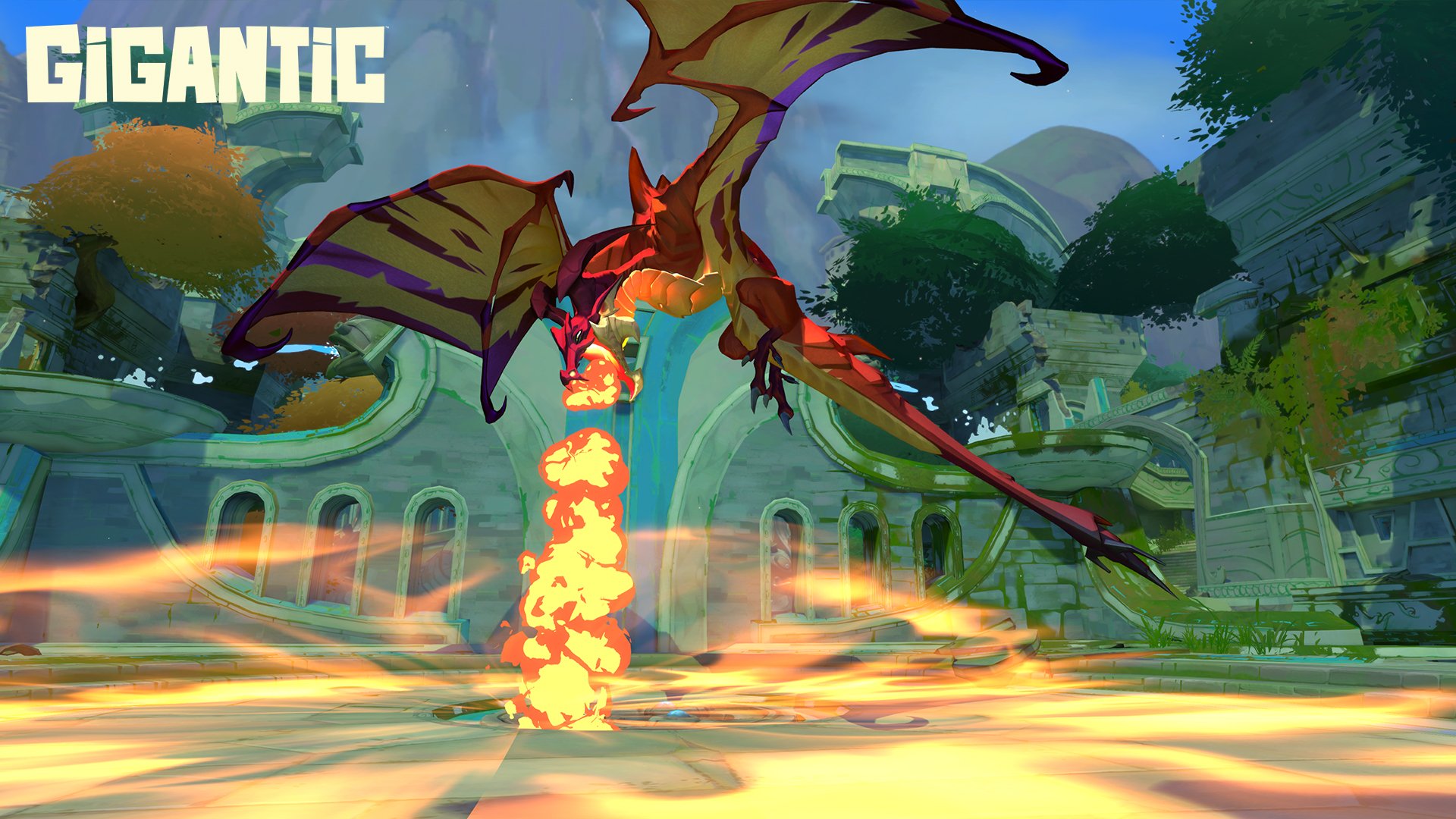
-
gigantic #33
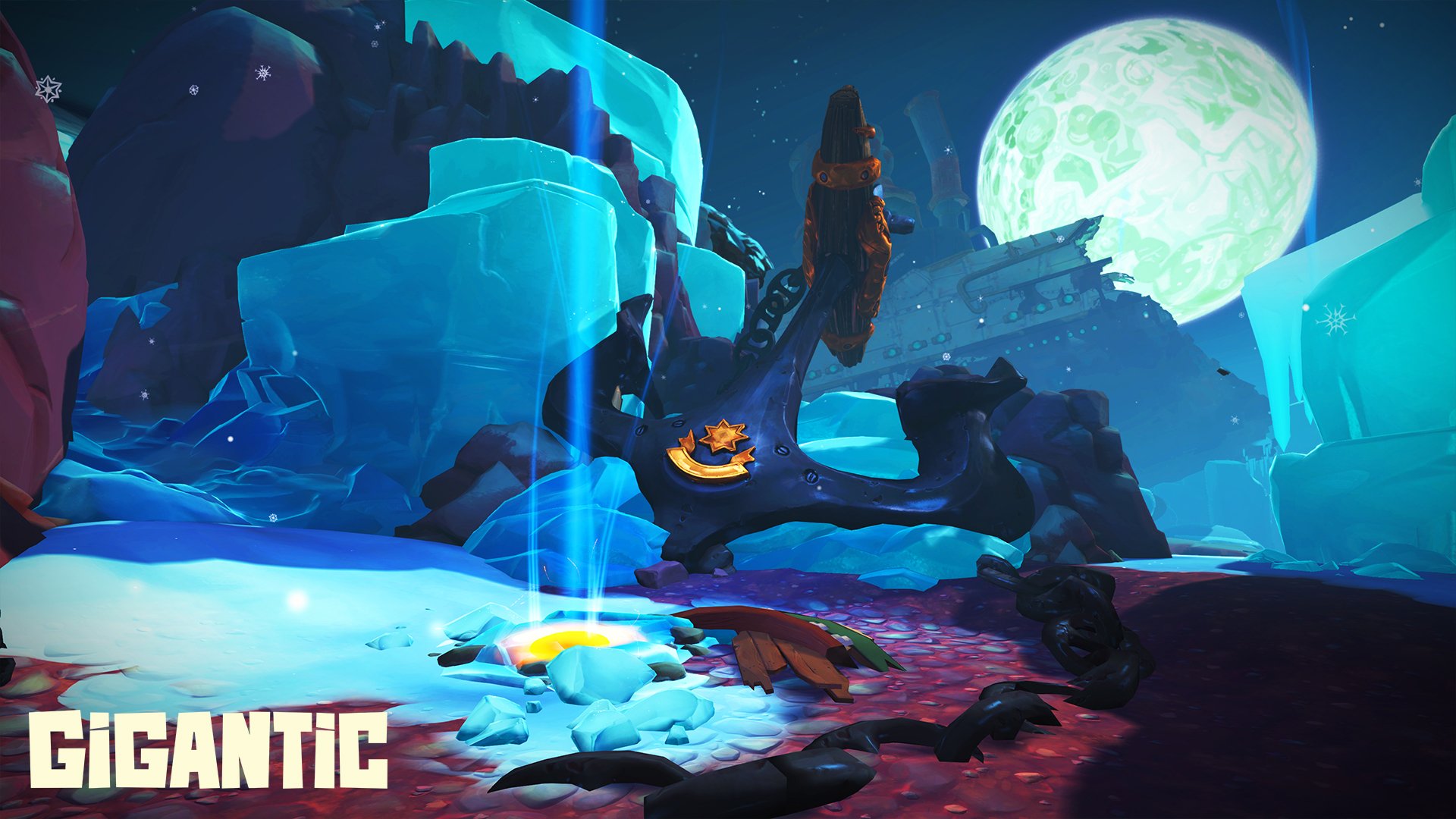
-
gigantic #34

-
gigantic #35
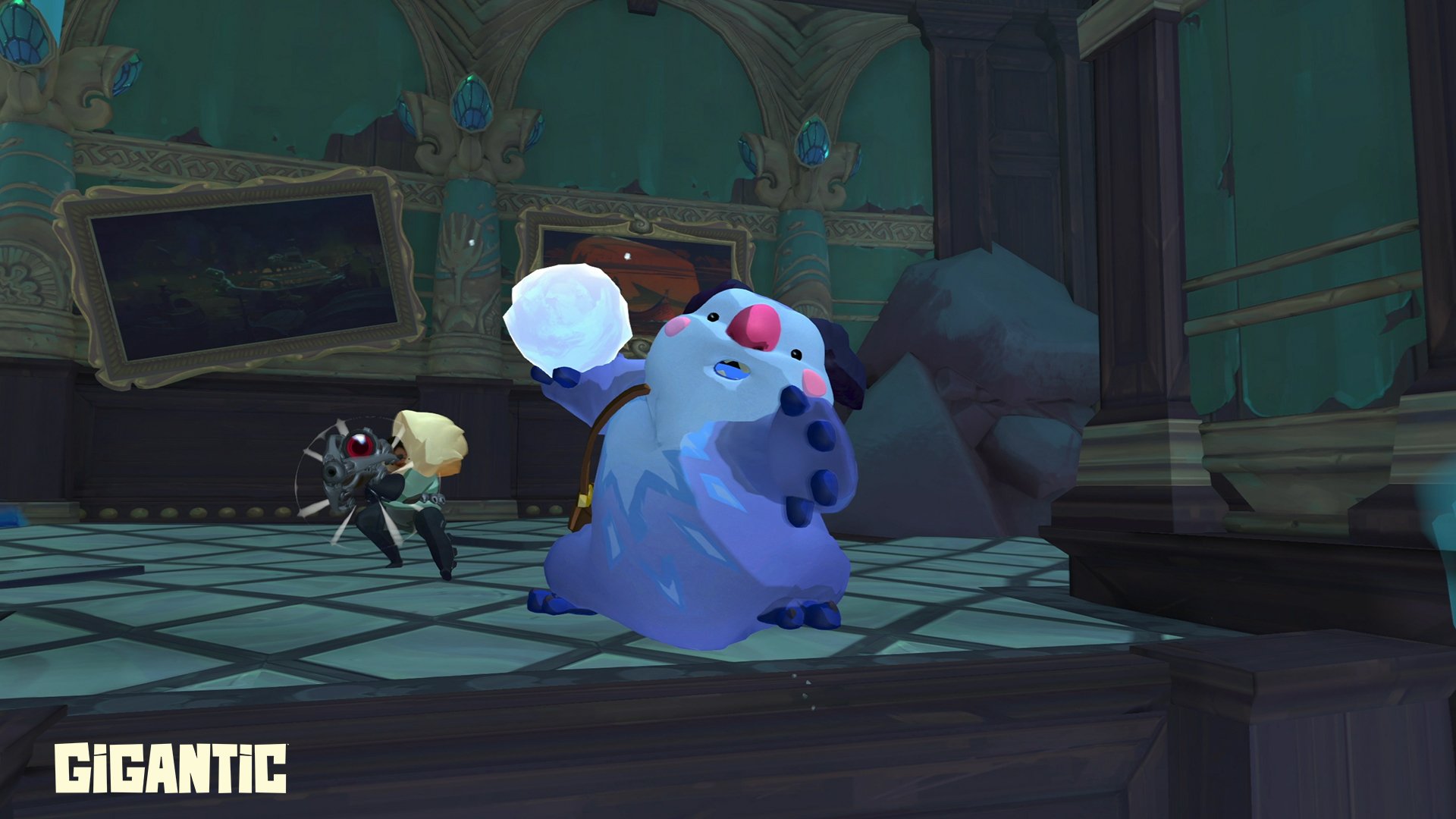
-
gigantic #36

-
gigantic #37
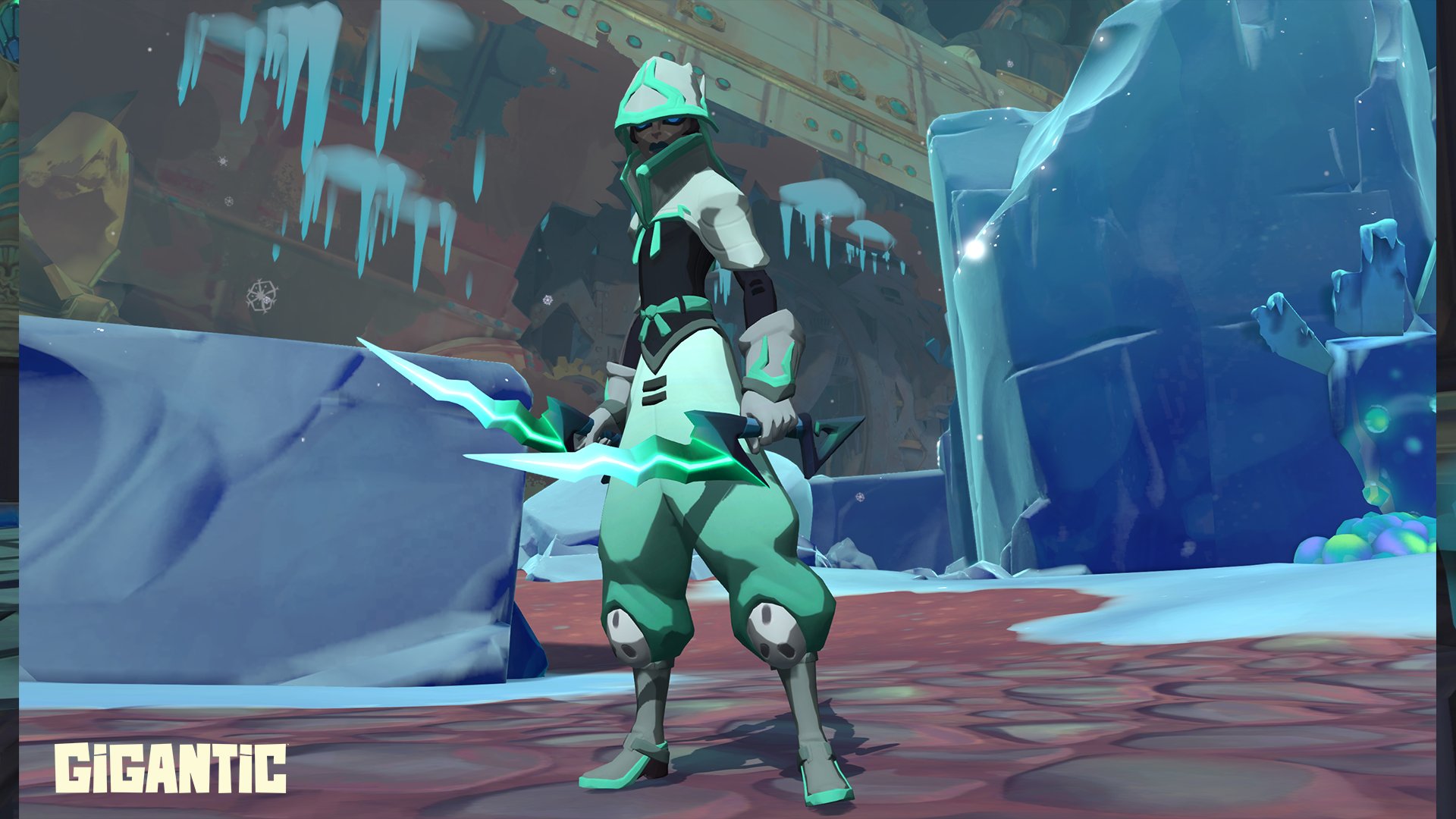
-
gigantic #38
